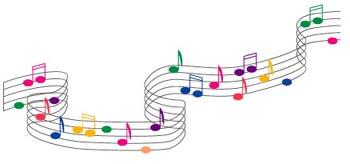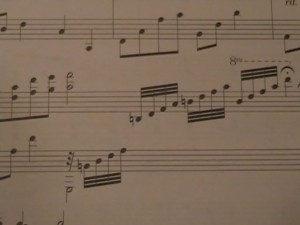The Church Pianist: Importance of Scales (part one)
Saturday, April 3rd, 2010What could possibly be so important about learning to play scales?!
Part One: Benefits to learning scales
*Mobility
*Strength
*Key recognition
(for example…if you’ve been practicing the D major scale…you will remember this scale has two sharps. When you look in a hymnal and see a hymn with two sharps at the beginning… you’ll know it’s probably D major. (could be B minor but we won’t go there right now.) The majority of the time..it will be D major.
*Structured fingering
*Prepares the hands for complete and partial scale passages in hymn arrangements.
~~~~~~~~~~~~~~~~~~~~~~~~~~~~~~~~
Scales are more meaningful when played within a hymn arrangement.
Scales add life to a piece! Sometimes just a partial scale is used depending on what sounds best.
Learning my scales in the beginning stages of piano prepared me for different arrangements I have played through the years with technical passages.
In part two of the importance of scales…I will show examples of hymn arrangements containing scales and share ideas of how and where to apply scales in your own improvising.
Part three of the importance of scales will share various ways to play scales preparing the church pianist for real-life application.

